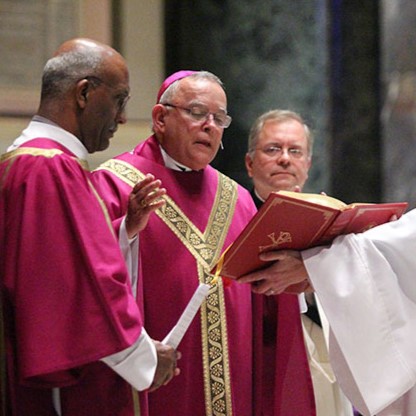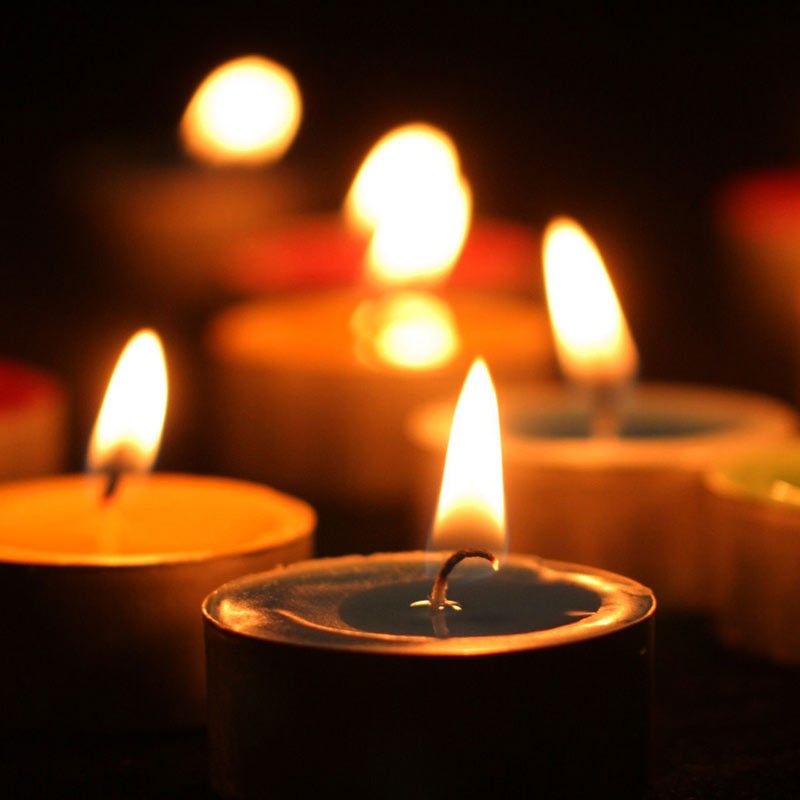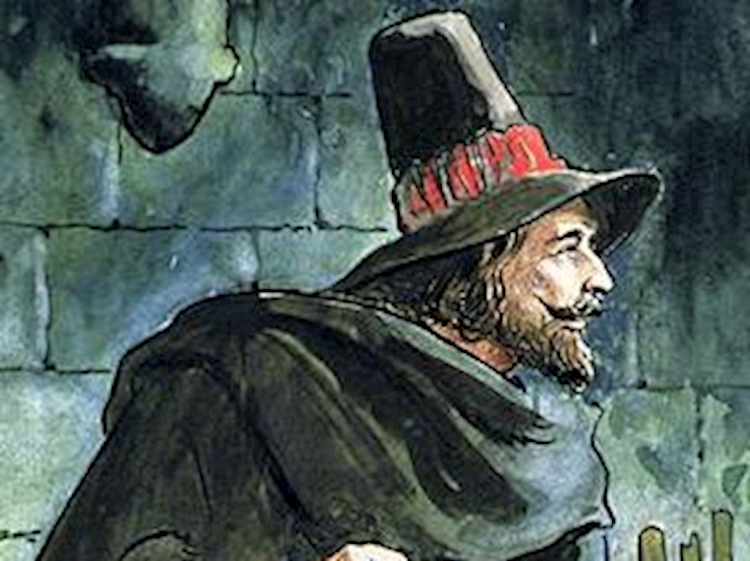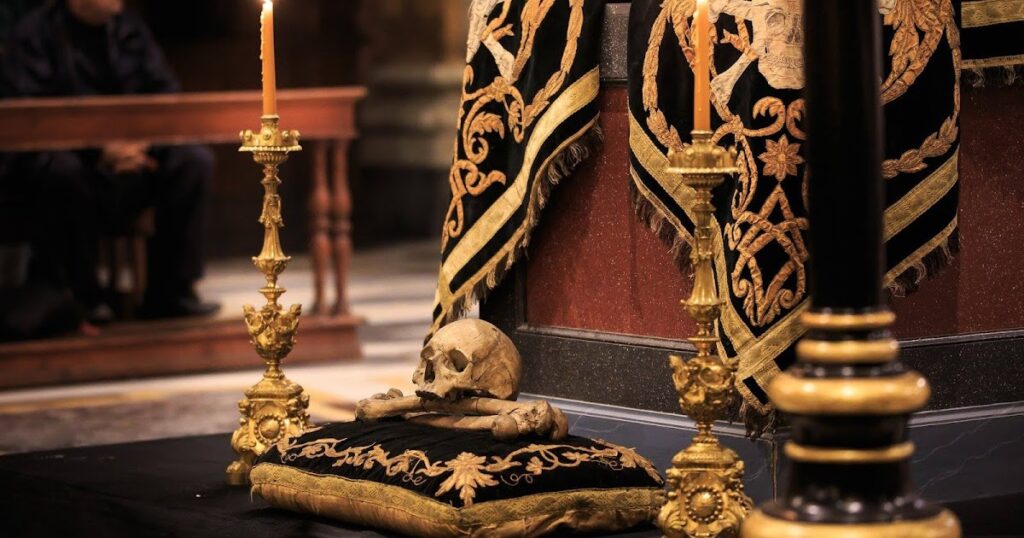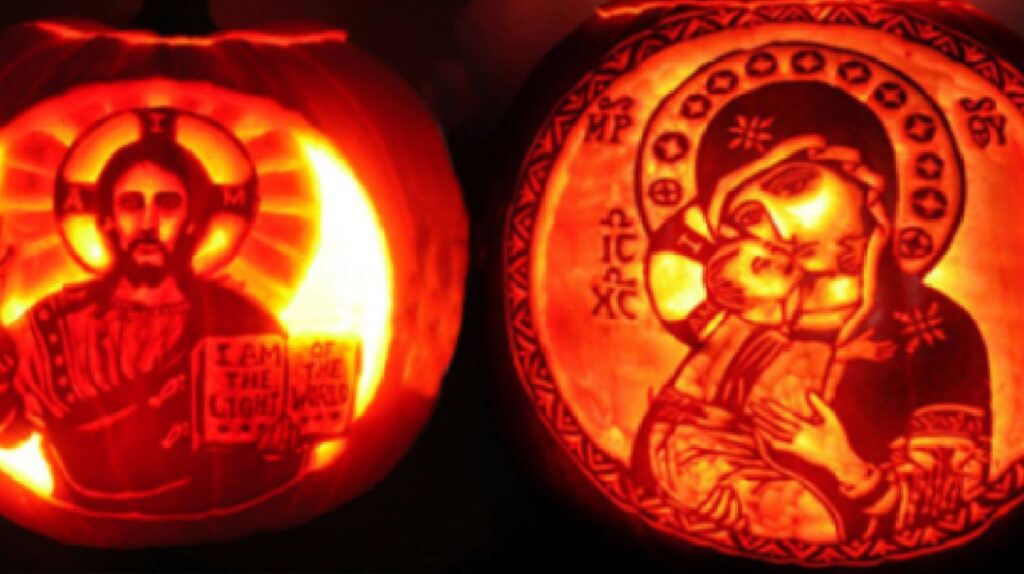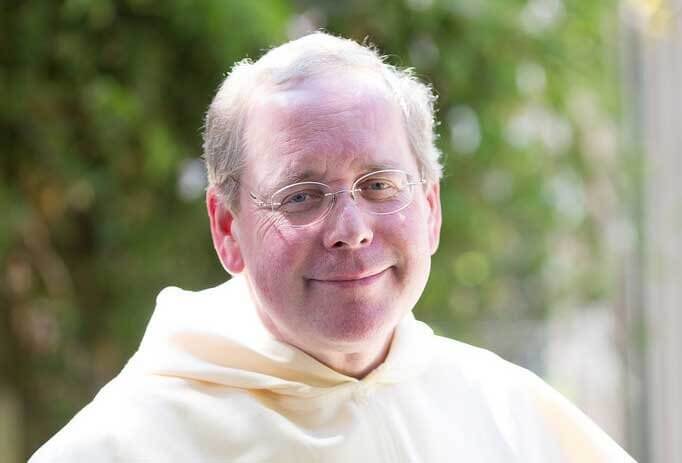16 April 2024
Collects and Liturgical Prayer | Year of Prayer 2024
By Joey Belleza, PhD (Cantab.)
The four parts of prayer can be seen not only in the Lord’s Prayer, as we saw in the previous reflection, but also throughout the Church’s liturgy. Indeed, Saint Thomas Aquinas himself noted how “we may notice these four things many of the Church’s collects.” The “collect” of Mass, often called the “Opening Prayer” is conisdered the principal prayer for the Mass of the day and is even repeated throughout the Divine Office or Liturgy of the Hours of the same day. The Prayer Over the Gifts and the Postcommunion are also prayers which are molded on the collect. The collects of the Roman Rite, many of which are of ancient origin, follow a certain polished structural and rhetorical pattern that is characteristic of Christian Latin, and this structure manifests the four parts of prayer. To illustrate, Saint Thomas uses the example of the Collect for Trinity Sunday:
Almighty sempiternal God,
you who in the confession of the true faith
granted to your servants to know the glory of the eternal Trinity,
grant, we pray, that in the same firmness of faith,
we may always be protected from our enemies.
Through our Lord Jesus Christ, your Son, who lives and reigns, etc.
Let’s break this down according to the four parts of prayer.
Oration: “Almighty sempiternal God…” Here, the priest cries out to God the Father.
Thanksgiving: “…you who in the confession of the true faith granted to your servants to know the glory of the eternal Trinity…” The past deeds of God are recalled.
Petition: “…grant, we pray, that… we may always be protected…” A specific request is made to the Father.
Intercession: “Through our Lord Jesus Christ…” Our prayer is both Trinitarian and Christological, invoking all three Persons, but principally addressing the Father through the intercession of the eternal Son.
This same structure is seen in so many prayers which use the basic the structure of the Roman collect. See, for example, the prayer before meals:
Bless us [petition], O Lord [oration],
and these thy gifts which we are about to receive from thy bounty [thanksgiving].
Through Christ our Lord [intercession].
Let’s use another example: the postcommunion prayer of the fourth Sunday of Advent, which is also used on the Feast of the Annunciation and at the end of the Angelus:
Pour forth, we beseech thee [petition] O Lord [oration],
thy grace into our hearts,
that we to whom the Incarnation of Christ thy Son was made known by the message of an angel [thanksgiving],
may by his Passion and Cross be brought to the glory of the resurrection [specific petition]. Through Christ our Lord [intercession].
Whenever the priest prays the collects on our behalf at Mass, let us listen with attention, uniting ourselves with the priest’s words as he “collects” or “gathers” our oration, thanksgiving, petition, and intercession at the altar of God.
In the next reflection, we will look at another form of the liturgy: the Divine Office or Liturgy of the Hours.


